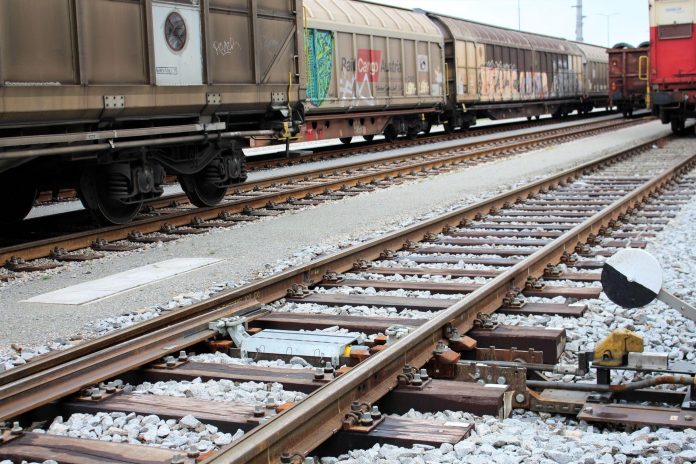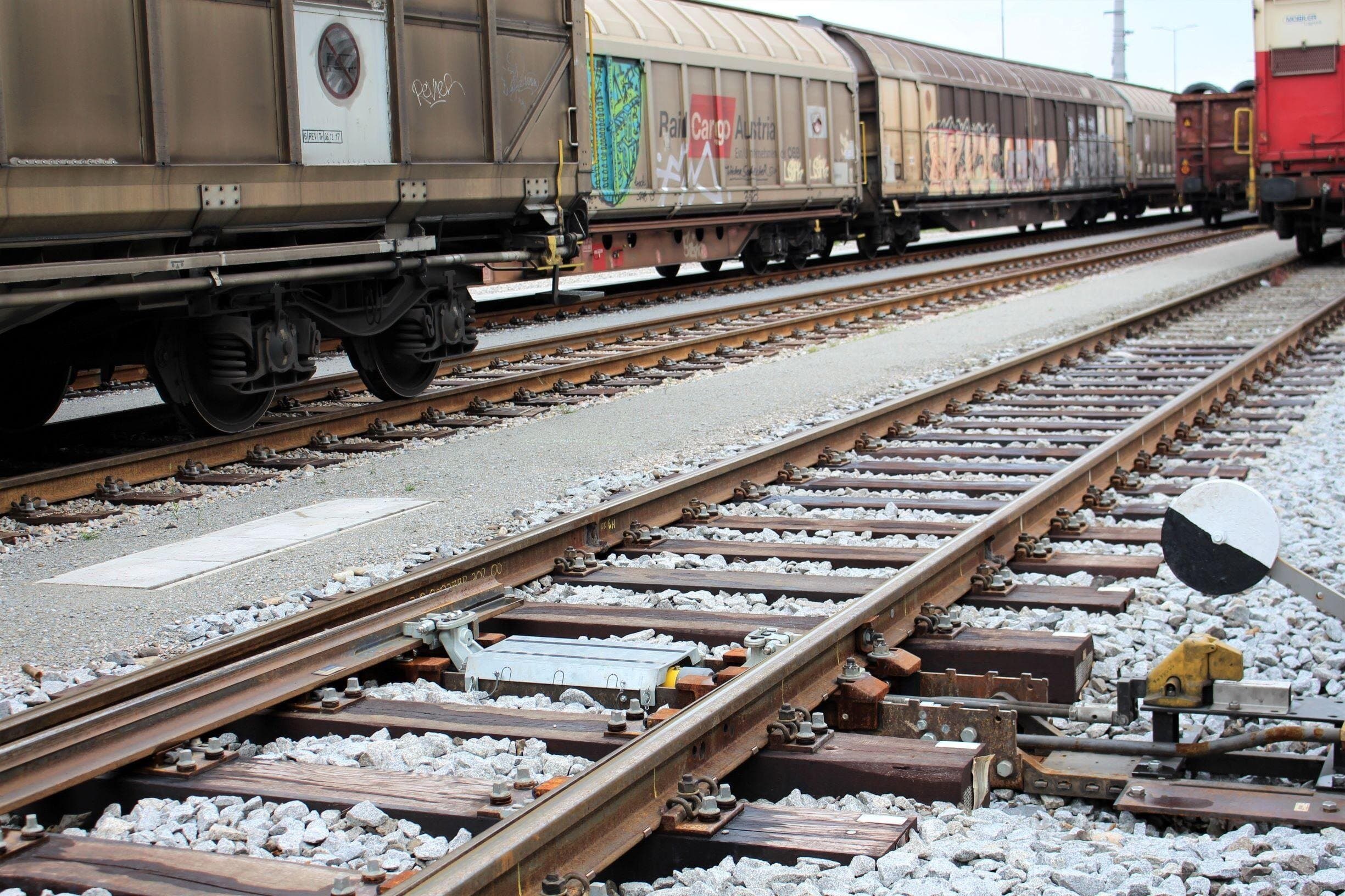
“The war of rails continues.” So declared Ukraine’s Defence Intelligence Directorate, revealing yet another Russian logistics strike in Zaporizhzhia, as part of an unrelenting campaign of sabotage and ingenuity. In the covert war over supply lines, the theater now extends beyond the front to the highways that supply it railways, petroleum trains, and armored columns.
The last few weeks have seen Ukrainian resistance and intelligence ramp up attacks on Russian military targets, combining low-grade sabotage with advanced drone warfare. Operations, which are regularly staged well behind enemy lines, have paralysed key logistical arteries as well as exposed Russia’s weakness for depending on rail. The following is a closer examination of the most noteworthy elements of this ongoing campaign, from the technology used to conduct the strikes to wider implications for war today.
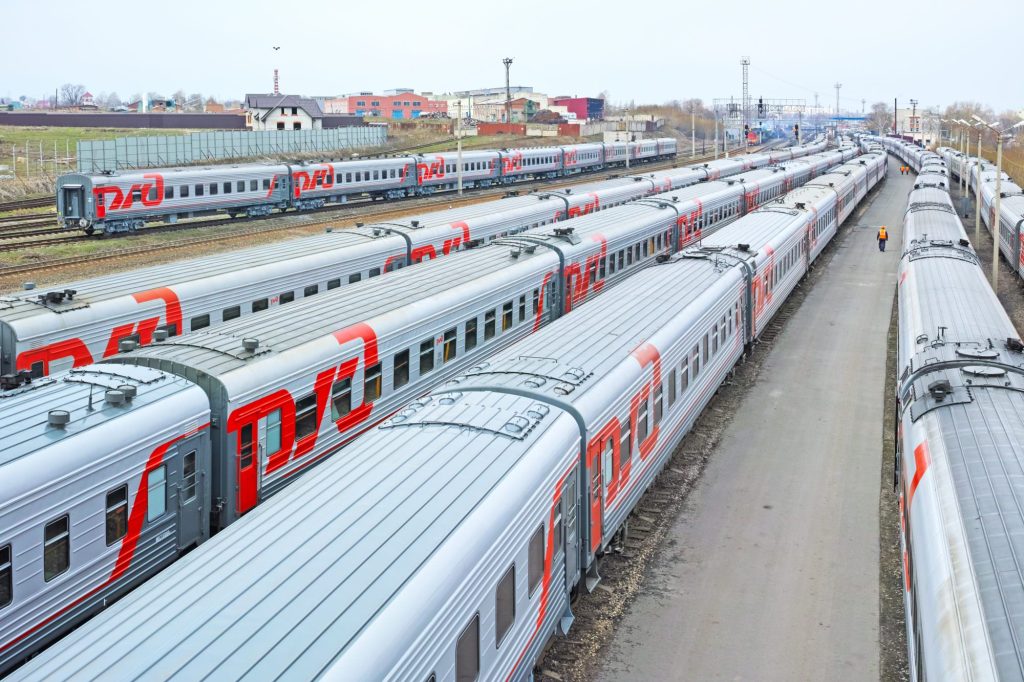
1. Paralysing Sabotage Strikes on Main Russian Railways
June 26, 2025, was the day when Ukrainian resistance, in collaboration with the Defence Intelligence of Ukraine (HUR), detonated a rail track in occupied Zaporizhzhia. It was not the first attack by any means. When Russian troops promptly reopened the line and dispatched a military train a couple of days later, yet another explosion put the locomotive out of commission, cutting a main supply line once more. HUR indicates that such concerted attacks have put one of the most critical supply lines for Russian forces out of commission for weeks, demonstrating the desire and cooperation of Ukrainian sabotage raids.

2. Drone Warfare Hitting Russian Fuel Trains
Russian fuel trains have been struck by Ukrainian forces using first-person-view (FPV) drones with deadly accuracy. On June 22, simultaneous spetsnaz and HUR-coordinated attack with flamethrowers destroyed at least 11 fuel tank cars on a train travelling between Levadne and Molochansk, producing 20-kilometer-high plumes of smoke. The drones first disabled the locomotive, and then hit the cisterns filled with fuel, causing extensive damage to the rolling stock and tracks (FPV drones reached the train and hit it many times). The payoff: weeks of disruption to fuel supplies to the front and raw demonstration of the capabilities of drones to lock up logistics from the front.
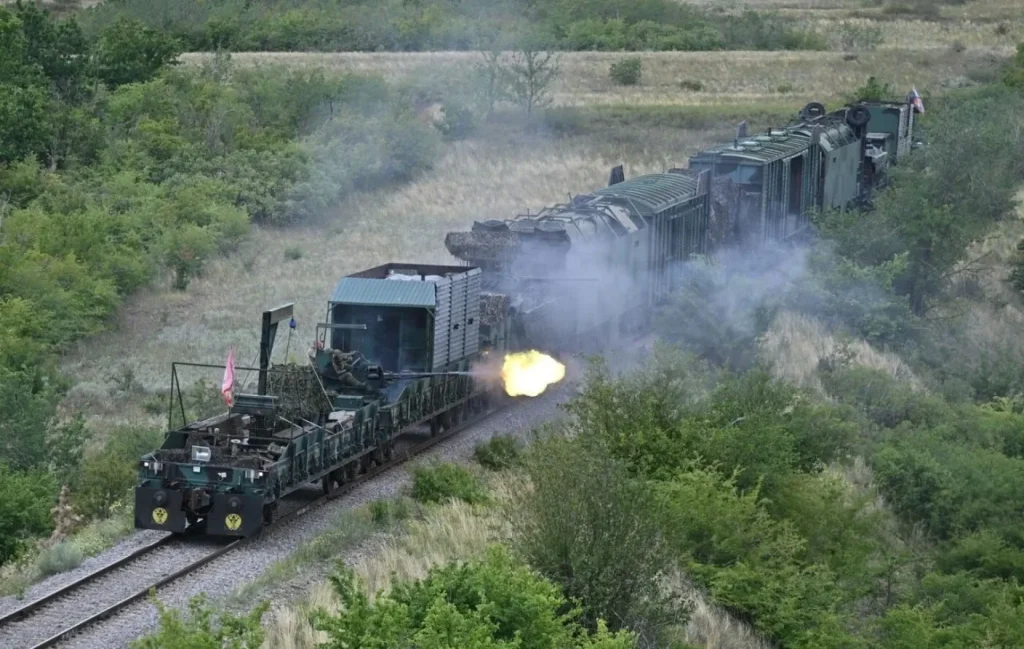
3. Armoured Trains: Russia’s Retro Strategy Confronts New Menaces
Russia’s use of the Yenisey armored train in Donbas is a return to Soviet-era tactics to maintain logistics and intelligence streams. The train, equipped with anti-aircraft guns and even a fighting vehicle of infantry, is a rolling fortress for supply and repair missions. But its predestined route and minimal defenses render it a sitting duck for Ukrainian drones and saboteurs. As the Ukrainian drone attacks have already proven, the armor giants are weak in a precision weapon war and live intelligence (Ukrainian forces have already proven that they can strike railroad targets).
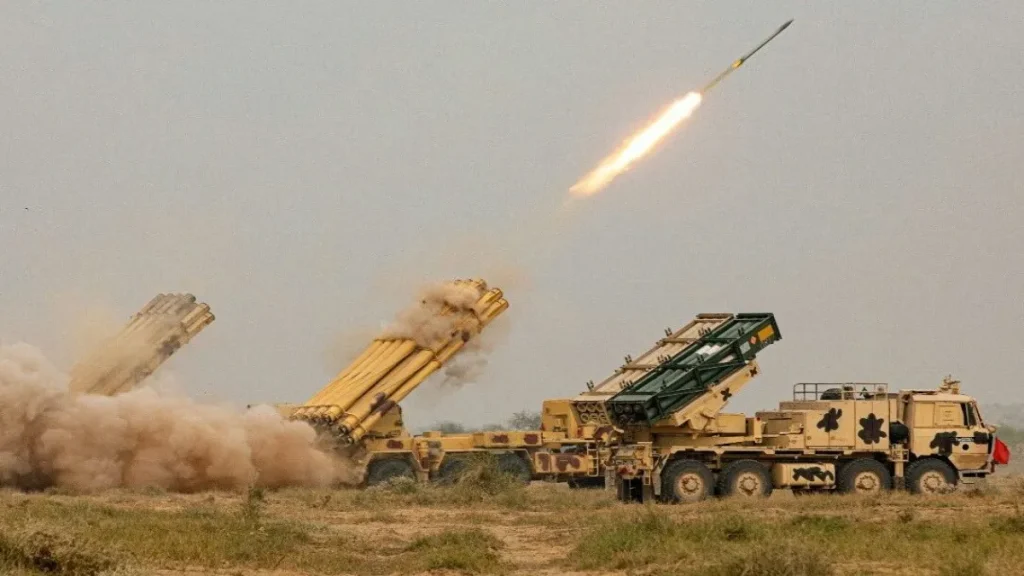
4. The Asymmetric Warfare Evolution: Operation Spider’s Web
The Ukrainian penetration strike art was perfected in Operation Spider’s Web, an expertly executed drone campaign that struck four Russian air bases over thousands of kilometres. Flying armed drones smuggled into the country in wooden boxes and from truck-mounted launch sites a kilometre from airports, Ukrainian operatives skipped sequential air defences and destroyed more than 40 high-priority aircraft. The operation was a game-changer, demonstrating the breadth and creativity of Ukrainian asymmetric capabilities.

5. AI and Autonomy in Drone Strikes
Technical competence in Ukraine’s drone war is impressive. Drones deployed in Operation Spider’s Web employed open-source autopilot firmware such as ArduPilot, along with onboard computers and LTE modems for long-range, real-time command. There is indication that AI-supported targeting was employed, and machine vision algorithms that were trained to identify structural vulnerabilities on Russian aircraft so that precision strikes could be delivered even in cases of signal drops.
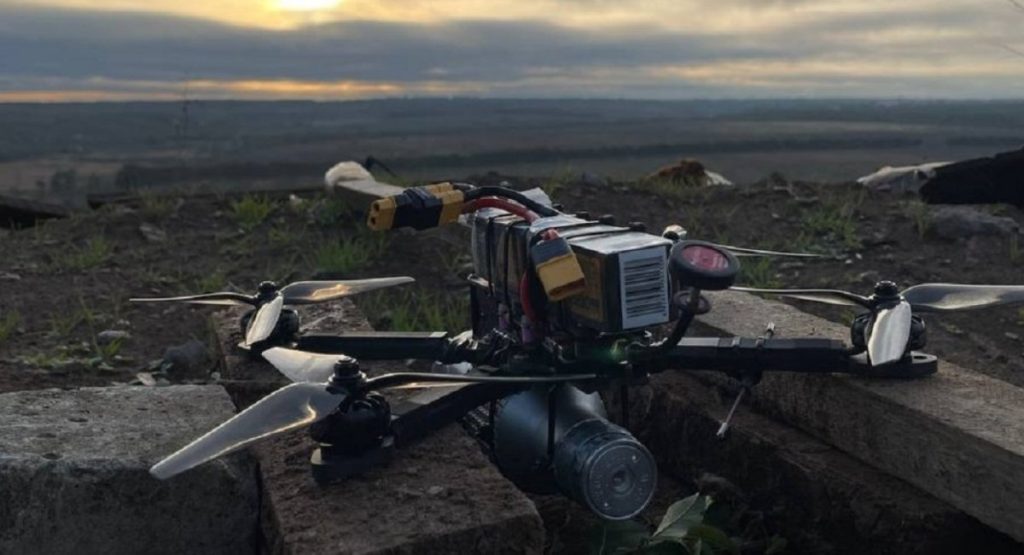
6. Sabotage Off the Battlefield: Supply Chain Attacks
Ukrainian intelligence has escalated sabotage operations to the supply chain itself. Russian FPV drone operators were seriously injured in February 2025 when their goggles, booby-trapped with explosives, exploded when activated. This clandestine operation, traced to Ukrainian intelligence, demonstrates the increasing sophistication of contemporary intelligence warfare and its vulnerabilities in military supply chains.

7. Russia’s Vulnerabilities Exposed
Persistent rail and fuel train attacks also put in simple terms the vulnerability of Russia’s supply chain. Defense Express pointed out, “The event proves that Russian military logistics in the temporarily occupied territories are still vulnerable.” Railway networks’ ongoing status as a lifeline to the Kremlin’s war effort. With no limit in sight on attacks against supply lines and armoured train carriages, Russia’s rail dependency has been both a strength and a glaring vulnerability.
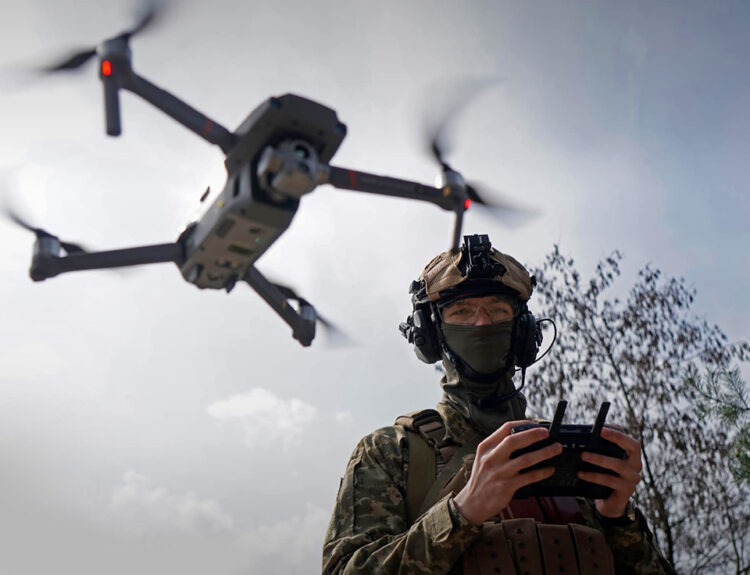
8. The Cost and Impact of Ukraine’s Drone Campaign
Although the total operational consequence is contentious, Ukrainian officials placed recent drone attacks on Russian airbases at up to $7 billion. Images taken from space showed destruction of at least seven bombers at Irkutsk’s Belaya Air Base alone. As Caitlin Lee, a RAND drone warfare specialist, observed, “The time is now to invest in anti-drone defences, not way out in the future.” For Russia, every lost aircraft particularly Tu-95 bombers and A-50 AWACS aircraft is an expensive sacrifice of its long-range attack and surveillance capacity.

9. Lessons for Modern Warfare and the West
Ukraine’s application of sabotage, drones, and unorthodox tactics has provoked defense and military supply rethinking. As Douglas Barrie of the International Institute of Strategic Studies put it, “The range of threats they’re going to have to consider only gets wider.” Cheap drones’ rapid learning, supply chain disruption, and unconventional attacks are not only defining war in Ukraine but also stirring up military forces across the world to review their own weaknesses. The offensive underway to attack Russian railroads and fuel trains in occupied Ukrainian territory lays bare as much strategic brilliance as it betrays a shift in the very nature of contemporary war.
Where drones, sabotage, and asymmetric warfare meet, the very infrastructure that supports armies has become the new front line. For defense planners and military technocrats, the constant disruption of Russian supply lines by Ukraine is at once a study in creativity and a primer in caution for the future wars.
